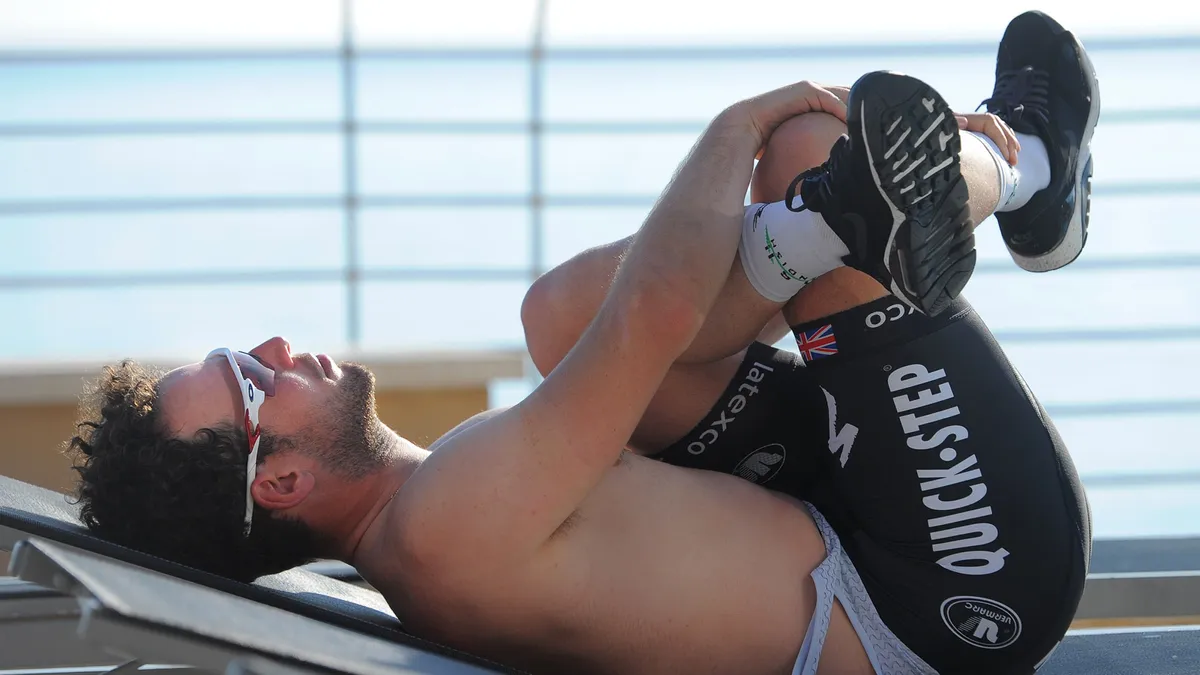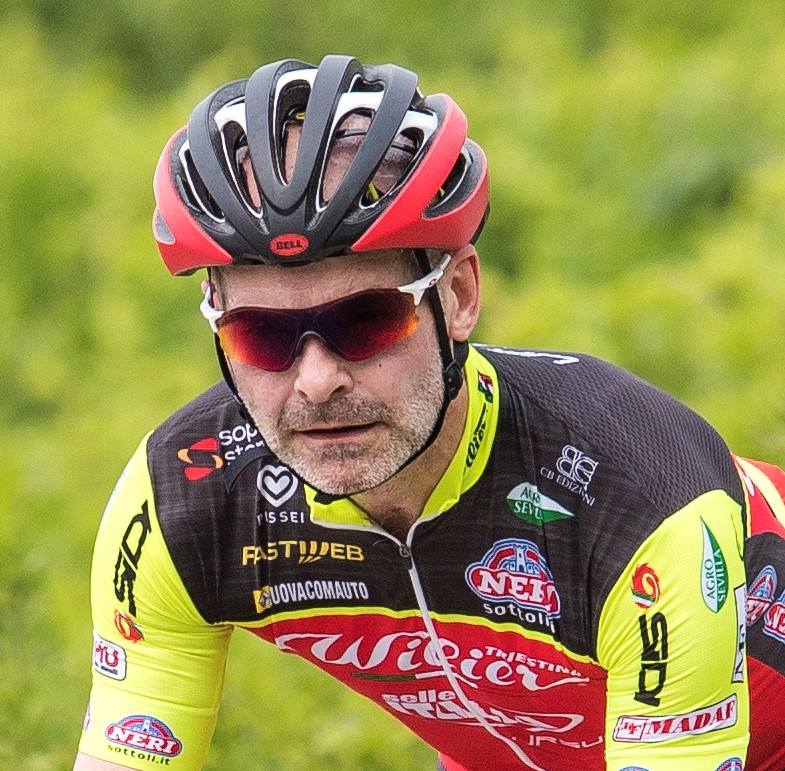In 2024, Tadej Pogačar won both the Giro d’Italia and the Tour de France, joining Fausto Coppi and Eddy Merckx among only eight male riders and Annemiek van Vleuten as the only female rider to complete the feat.
Prior to Pogačar‘s Giro-Tour double, this hadn’t been achieved since Marco Pantani in 1998 and no one has ever won the Giro, Tour and Vuelta a España in the same year.
Pogačar went on to win the World Championship, cementing his place alongside Merckx, Stephen Roche and van Vleuten as one of four riders to win cycling’s triple crown in a single season.
Is there a metabolic limit?

A new study by a team of North American researchers published in Current Biology possibly helps to explain why it’s so difficult to sustain the high energy expenditure needed to win multiple grand tours in a season.
Their study suggests that there’s a metabolic ceiling that limits the maximum sustainable rate of calorific expenditure over longer periods to around 2.5-times basal metabolic rate, which is how many calories you need to burn just to keep the lights on.
The research, reported in Scientific American magazine, looked at the metabolic output of 12 male and two female, mostly professional, elite ultramarathon runners, triathletes and cyclists, finding that they could burn as many as 11,000 calories in a day. But the researchers found that there was a limit to how long they could sustain this level of energy expenditure.

Previous studies have looked at cyclists in the Tour de France and found that over the 23 days of the race they were expending between four and five times their basal metabolic rate. In shorter races such as ultramarathons and Iron Man triathlons, athletes have been found to reach close to ten times their basal metabolic rate.
The new research supports the hypothesis that, although elite athletes can sustain very high metabolic rates over shorter periods, over durations of 30 weeks or more their calorie burn cannot exceed 2.5 times their basal metabolic rate.
That equates to around 3,750 calories per day in a fit 70kg athlete.
In the study, athletes were asked to drink double-labelled water, which contains heavier, non-radioactive isotopes of hydrogen and oxygen. Testing how quickly this is passed into urine allows the calculation of how fast food is being metabolised to produce energy.
The study results indicated that, although participants could reach up to seven times their basal metabolic rate during races, over a 30 week period, their metabolic rates fell to 2.5 times their basal rate or less.

Scientific American quotes evolutionary biologist Amanda McGrosky of Elon University in North Carolina, who says that there’s evidence that intense physical activity has pay-backs including a slowing of digestion, lowered immunity and temporary shrinkage of brain tissue, as well as lowered sexual arousal.
The root cause of the putative limit is not clear. There’s a suggestion that it may be related to a limit in the body’s digestion and nutrient absorption, but it’s something that it’s thought possible could be exceeded thanks to advances in modern sports nutrition.
For now, the research suggests that it’s very hard to peak for two three-week grand tours in a season, let alone three, and may help explain why Pogačar‘s main priority after winning the 2025 Tour de France was a well-deserved rest, even if he did bounce back to win the World Championships for a third time eight weeks later.





